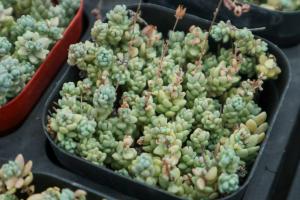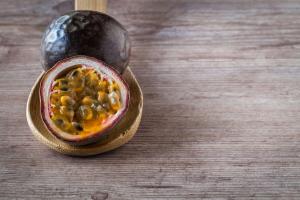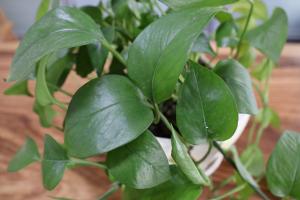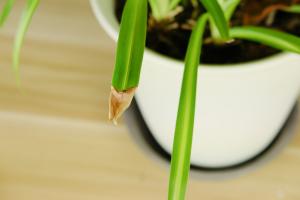How to Pinch Tomato Plants Back
Tomatoes are one of the most popular crops grown in home gardens. These delicious and versatile fruits are easy to grow, even for inexperienced gardeners. But in order to get the best harvest possible, it's important to know how to pinch tomato plants back. This simple technique can help your tomato plants produce more fruit, grow stronger, and produce a better yield overall.
What is Pinching Back?
Pinching back is a simple pruning technique that involves removing the top portion of the tomato plant. When you pinch back a tomato plant, you remove the growing tip. This is the top of the main stem where new leaves and flowers are emerging. By removing this top portion of the plant, you force the plant to redirect its energy towards growing lateral branches and leaves.
When to Pinch Back Tomato Plants
The best time to pinch back your tomato plants is when the plant is young, and the second set of leaves has just started to emerge. This is usually about a week or two after the plant has been transplanted or started from seed. By pinching back the top of the plant at this stage, you can help to promote stronger growth, as well as encourage more productive flowering and fruit set later on.
How to Pinch Back Tomato Plants
To pinch back your tomato plants, simply remove the top portion of the plant by pinching it off with your fingers. Be sure to remove the stem just above the second set of leaves. You can also use a pair of clean gardening shears to make a clean cut. This will help to avoid damaging the plant or leaving ragged edges that can easily become infected with disease. After you've pinched back your tomato plant, be sure to discard the removed portion of the plant or turn it into compost.
Benefits of Pinching Back Tomato Plants
There are several benefits to pinching back tomato plants. First, it can help to promote stronger, more lush growth. This can be especially helpful if your plant is growing in a low-light or cramped location. Pinching back your tomato plants can also help to encourage more flowers and fruit set. By redirecting the plant's energy towards lateral branches and leaves, you can help to stimulate the production of side stems, which can support additional flowers and fruit. Finally, pinching back your tomato plants can help to control the size and shape of your plants.
Conclusion
Knowing how to pinch back tomato plants is an essential skill for any gardener. By removing the top portion of the plant, you can help to promote stronger growth, encourage more flowers and fruit set, and control the size and shape of your tomato plants. With these simple tips and techniques, you can enjoy a bountiful harvest of delicious tomatoes all summer long.

 how many times do yo...
how many times do yo... how many planted tre...
how many planted tre... how many pine trees ...
how many pine trees ... how many pecan trees...
how many pecan trees... how many plants comp...
how many plants comp... how many plants can ...
how many plants can ... how many plants and ...
how many plants and ... how many pepper plan...
how many pepper plan...
































